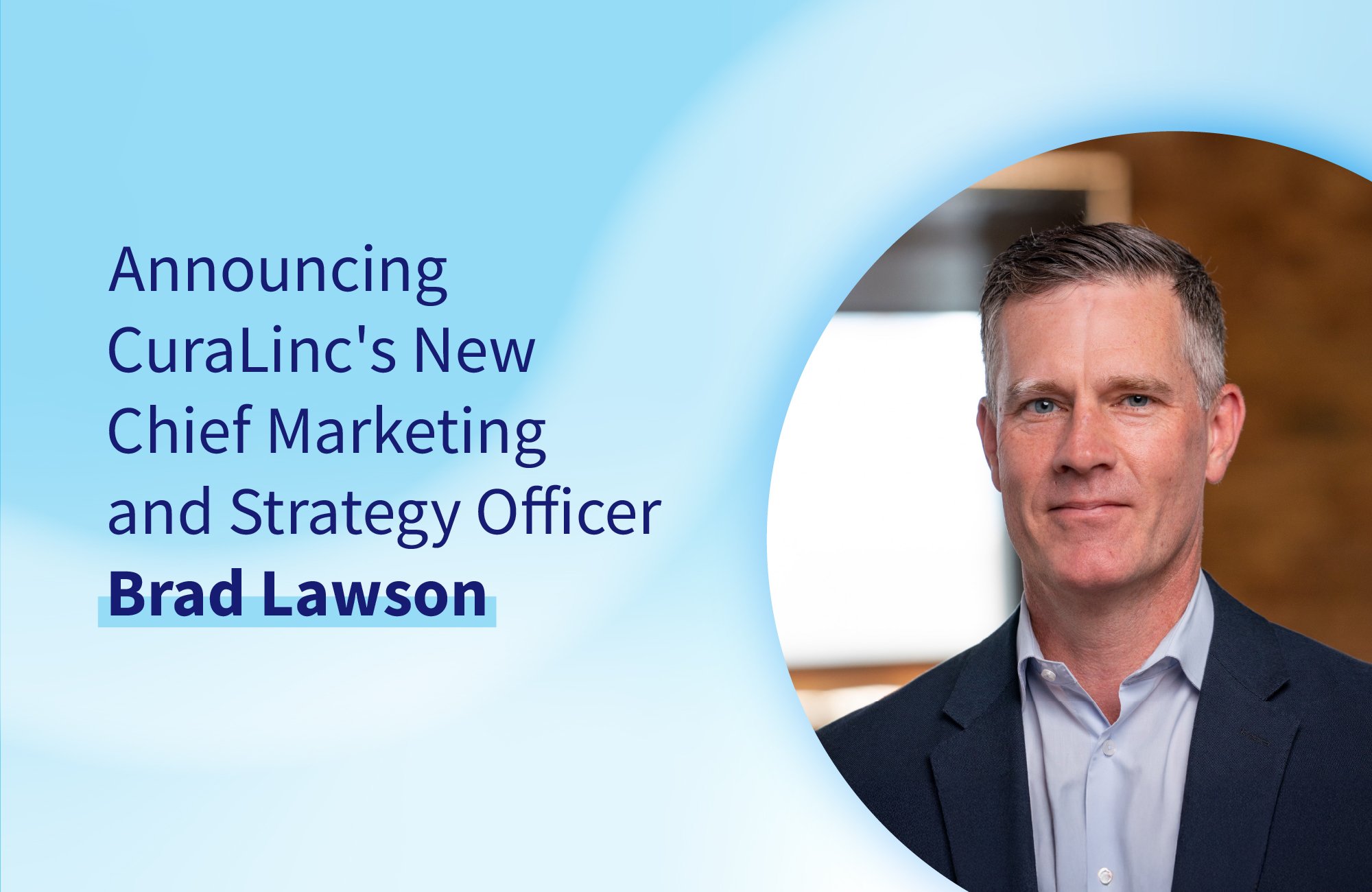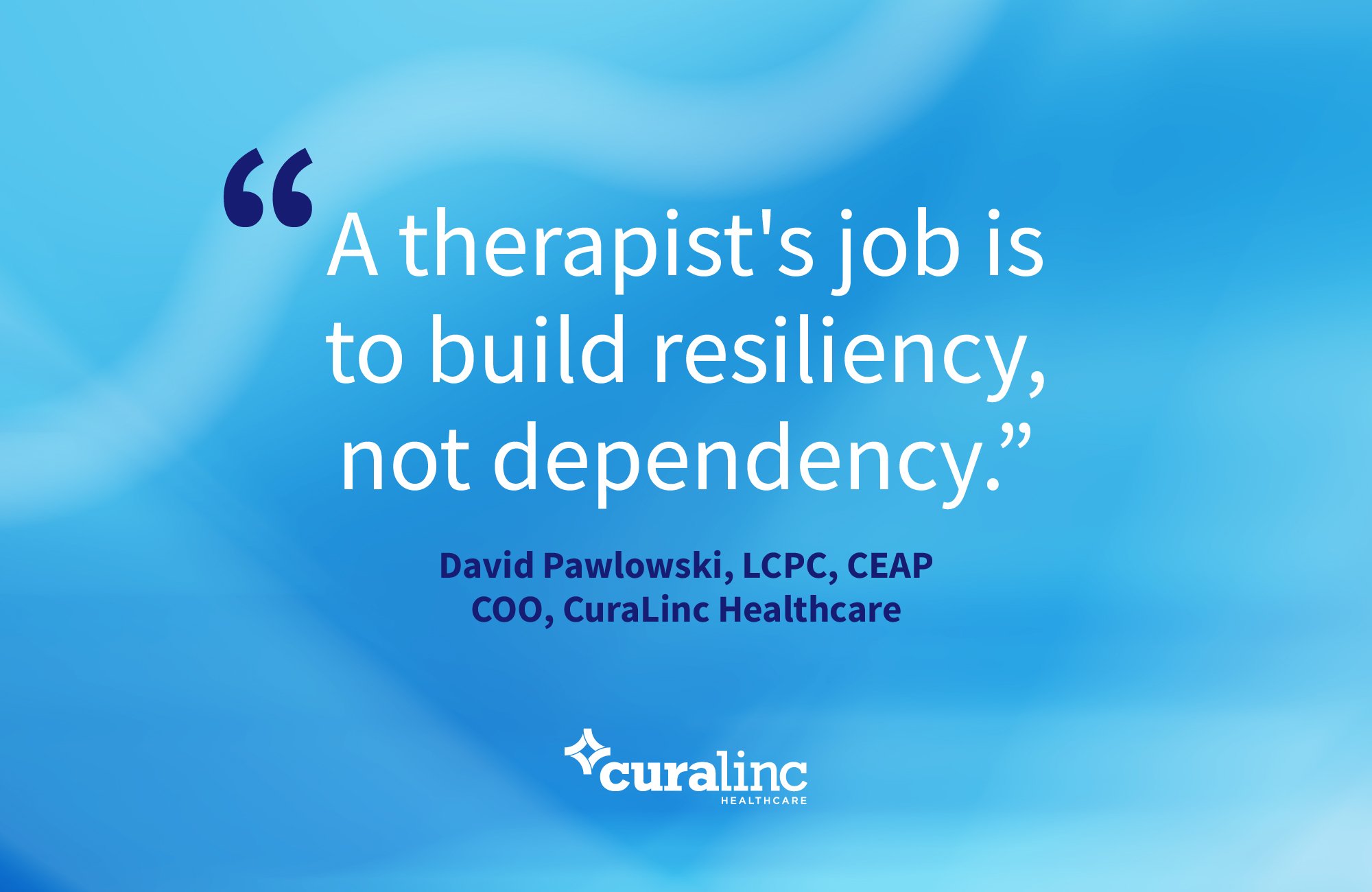More than 13 million U.S. adults with substance use disorders are employed, but less than 2 million are actively in treatment. Alcohol and drug use doesn’t even crack the top five reasons members contact our program.
While progress has been made in reducing the stigma around mental health, there is still a long way to go in addressing the persistent stigma surrounding addiction. That’s why fostering open discussions on the topic, dispelling common myths and breaking down barriers to care are so critical.
Employers have a unique opportunity to help employees face these challenges by creating an environment that facilitates open discussions about mental health and provides seamless navigation to appropriate care and resources.
Common myths about substance use disorders
Most of what people know about substance use disorders and addiction have roots in discrimination and stereotypes. Not only are they hurtful and untrue, but they also hinder people from seeking treatment.
Here are some of the most common myths associated with substance use disorder.
Myth: Overusing drugs or alcohol is a choice.
Fact: Substance use disorder is a mental health condition – not a choice.
Myth: Only men struggle with substance use disorders.
Fact: While females are still less likely than men to have a substance use disorder, the gap has narrowed to less than 5%.
Myth: People who have an addiction don’t have stable jobs or family life.
Fact: About 70% of all adults with a substance use disorder are employed and may lead seemingly successful lives, often going to great lengths to conceal their addiction.
When you take time to learn the facts, it becomes clear that substance use disorders can impact anyone.
That said, there are common risk factors that everyone should be aware of. These risk factors include mental health concerns, family history, exposure to trauma and various environmental and social characteristics.
Common barriers employees experience to accessing care
There are several reasons employees may hesitate to ask for support when they suspect they are struggling with a substance use disorder. Below are a few of the most common barriers to care.
Stigma
Substance use disorders are some of the most stigmatized mental health disorders globally, making it challenging for people to admit they’re struggling and ask for support. People living with a substance use disorder may be perceived as untrustworthy, dangerous or unable to change. These stigmas cause many people to experience feelings of shame and hopelessness, which often leads them to prolong care or avoid it altogether.
Fear
Suffering from a substance use disorder can be scary for many reasons. For example, some employees may worry they’re at risk of job loss if anyone finds out, which can cause them to think twice about asking for help. Many individuals express concerns about the financial implications of admitting a problem and seeking appropriate care. Will the right support be affordable? Will their job be impacted if they need time off work to participate in treatment? If they’ve been hiding their use from friends and family, they may also be concerned about how their struggles could impact those relationships. Will they lose their support system, disappoint others or be treated differently? Fear can be absolutely debilitating, even for those who want help.
Lack of resources
The lack of resources or awareness of available resources is a significant barrier preventing many individuals from seeking the support they need for substance use concerns. Financial constraints, such as the absence of adequate insurance coverage, can deter individuals from seeking help, creating a significant barrier to access. Poor treatment availability, marked by provider shortages and transportation challenges, can further limit access to necessary care. Additionally, the complexities of admission procedures, often involving many steps, can discourage those in need from pursuing treatment.
With a lack of information, stigma and fear, it’s easy for someone to feel both hopeless and helpless – preventing them from taking the steps they need to get appropriate care.
How does substance use affect the workplace?
Substance use can significantly affect the workplace, impacting everything from productivity and performance to absenteeism and safety.
Productivity and performance
Employees who struggle with substance use have been shown to work at only two-thirds of their productivity, according to recent statistics from Working Partners. CuraLinc’s 2022 study published in the International Journal of Scientific and Research Publications (IJSRP) found that productivity among employees with substance use concerns was lower than among employees struggling with any other presenting issue.
Absenteeism
Studies show that employees with substance use disorder miss at least 1.5 more weeks of work than a typical employee. The 2022 study also found that employees with substance use concerns were more absent than those with any other presenting issue, missing up to 17 hours of work per month due to alcohol use.
Safety
When substance use isn’t addressed, it can impact the safety of the individual who is struggling, as well as others. In fact, according to recent research, 65% of workplace accidents happen when employees are under the influence of alcohol or drugs and 38-50% of worker's compensation claims are for substance use-related incidents.
Substance use disorders don’t just impact the individuals who are struggling. They can affect colleagues, customers and the organization as a whole. That’s why employers must be committed to providing an environment that openly and actively supports individuals struggling with a substance use disorder.
How can employers support employees struggling with a substance use disorder?
Employers have the opportunity to create an environment where people feel safe and supported in asking for help and maintaining recovery. Here are a few strategies to create a healthy and positive environment for employees who suspect they have a problem and those already on their journey to recovery.
Eliminate the stigma surrounding substance use disorder
Employers can help eliminate common stigmas by openly discussing substance use. This can look like education, dispelling harmful myths and misconceptions and promoting helpful company benefits more regularly. Companies can take the opportunity to share this information throughout the year, including at orientation, open enrollment and wellness events.
Train managers to recognize signs of substance use disorders and how to address them
When employers take the time to train managers on recognizing signs of substance use disorders, they are setting expectations and creating a culture of mental health and wellbeing. Providing training to managers also helps them learn how to address employees, should they suspect a substance use issue. Companies can also consult with their workplace mental health provider to navigate more complicated situations. They can also utilize formal management referrals to address policy violations or productivity issues related to substance use concerns.
Establish clear substance use policies
Establishing and promoting a clear substance use policy signals to employees that substance use is taken seriously and that how it is handled is an integral part of the company culture. While some employers prefer a zero-tolerance policy, others may decide that second-chance policies suit their culture better. Ultimately, whatever policy you choose should be strategic – complete with education, resources and support for both leadership and employees.
Clinical support, advocacy and navigation
Deciding to take the first step in seeking care can be overwhelming for employees and their families.
A workforce mental health program that’s optimized as an entry point for substance use concerns can be an incredibly effective solution for reducing substance use risk and severity, while simultaneously improving productivity and decreasing time missed from work.
In fact, CuraLinc published a 2022 peer-reviewed study that demonstrated the success of our EAP intervention for alcohol use, showing 78% of participants who were at risk for alcohol misuse were no longer at risk post-treatment. Those struggling most with attendance experienced a drop in monthly work hours missed from 25 to 4 post-treatment. Participants presenting with an alcohol concern also experienced a 69% increase in overall productivity after completing EAP counseling.
Key components of an effective substance use program
With CuraLinc, employees and their family members dealing with substance use concerns can access confidential, 24/7/365 support from licensed clinicians (Care Advocates) for immediate guidance, assessment and specialized assistance on the path to recovery.
In-the-moment support, assessment and care planning
24/7/365 access to licensed clinicians with advanced SBIRT training
Comprehensive, clinically validated assessment determines the participant’s risk level
Navigation to the appropriate treatment options
Advise participants on the recommended level of care
Help participants research treatment programs
Confirm program availability and in-network status
Non-clinical assistance
Reduce employee stress to facilitate recovery
Assist with locating housing, dependent care and financial resources
Family support
Ensure the member’s support system is well-equipped to provide support throughout recovery
Connect the employee's family with counseling, support groups and resources
For those who might not be ready to reach out for help, CuraLinc’s Addiction Care Navigator is a digital assessment and care navigation tool that offers a stigma-free way to assess substance use risk and get connected to care and support.
Learn more about the role your workforce mental health program can play in preventing and supporting members with substance use concerns on our recent Coffee with CuraLinc.
Watch the recording // Listen on Apple Podcast or Spotify

-1.jpg)


